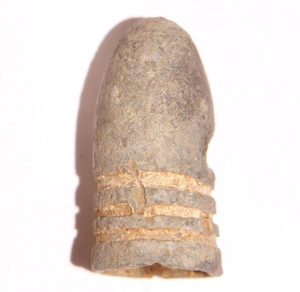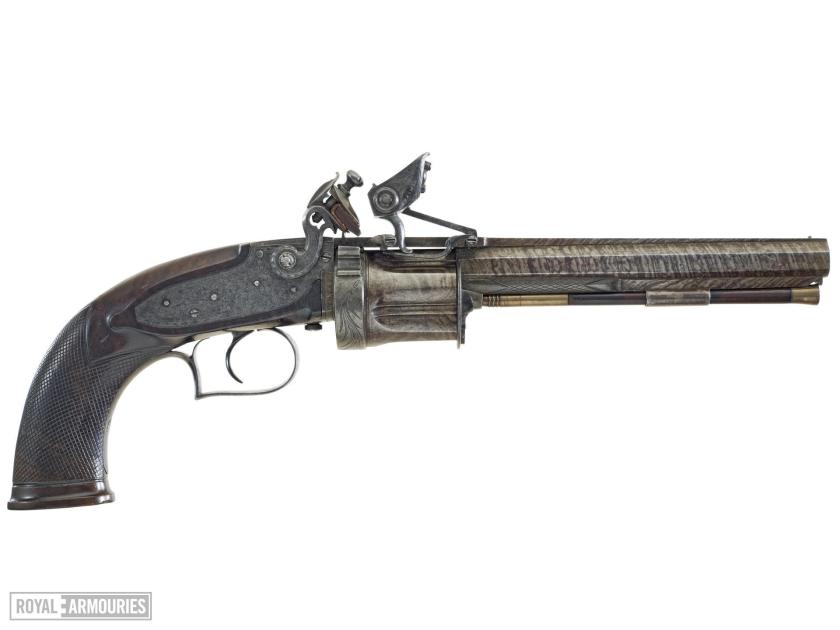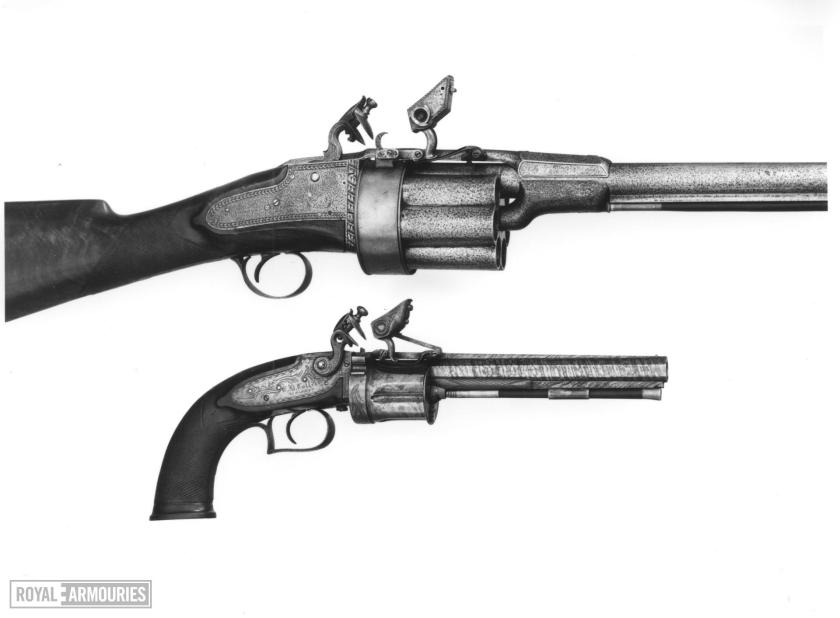Last week and the week prior, we looked at Colt’s revolvers and some early repeaters, which benefitted hugely from the introduction of the percussion cap. This week we shall look at the more conventional mainstream military uses. Although the Colt revolver did slowly catch on, it was still a freak in military terms, every other man on the battlefield was still using a single-shot, muzzle loaded musket or rifle. The rate of fire had not changed for the majority of soldiers since the mid 1700s.

We’ve already looked at the development of the percussion cap here so we shan’t go over it again. There were clear advantages to military adoption of the percussion cap over flintlocks in the form of reliability (in nearly all conditions), consistency, ease of loading and the lack of the initial puff of smoke and sparks from the pan that makes it easier to hold your aim.

In spite of this, it still took around 20 years between the initial development of the percussion cap and its common military adoption. Once the technology had proven itself, the changeover was actually relatively painless in comparison to later developments. Muskets and rifles could be fairly readily modified to take the new technology at relatively little expense. As a result, this is what pretty much every world military did and it is quite difficult to pin down the first adopters of the percussion cap as there are no distinct new firearms having to be produced to accommodate this new technology.

Some early examples of the percussion cap in military use include the ‘Brown Bess’ musket, which was converted in fairly large numbers from 1842. the US adopted a form of the breech-loading M1819 Hall rifle which used a percussion cap in 1833, though this was far from standard issue. The French converted a handful of their 1766 pattern muskets.

It appears that once the concept had been proven, many countries started to build firearms exclusively for this system. Changes were afoot however, which meant that the smooth bore musket had seen the last of its military usefulness. Rifles were far superior for accuracy, all that was holding them back was a way to load them at least as fast as a musket so that they could be used for regular troops…

If this content interests you, subscribe to the blog or join us on Facebook for more!
You can find other articles on the development of firearms overall here and on historical interest pieces here.
You can buy many of our ready-made products on Etsy.




























